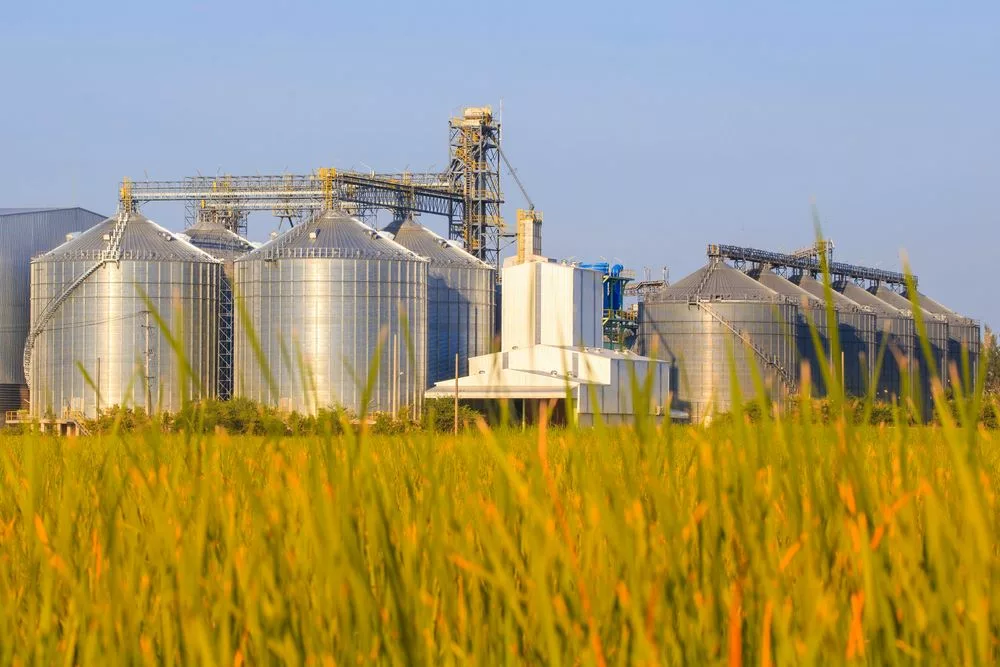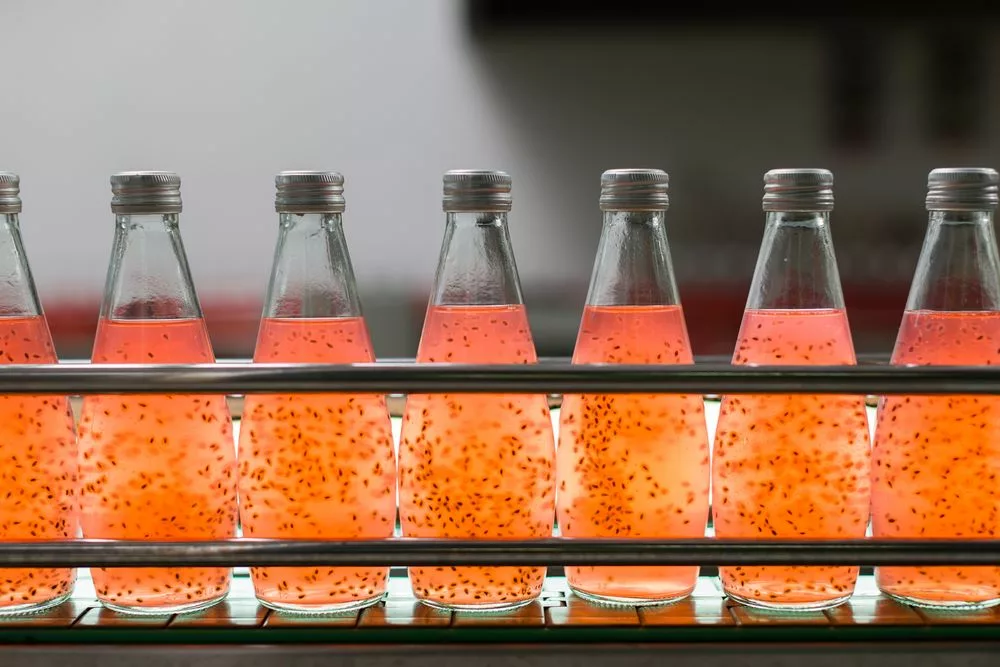In a Steam Turbine Generator synchronization is the process of matching parameters such as voltage, frequency, phase angle, phase sequence, and waveform of the alternator or another source with a running power system. This is done before the generator is reconnected to the power system. Once a generator is synchronized with the parameters of the bus bar, the system can run smoothly.
Generator synchronization to a power system must be conducted carefully to prevent damage to the unit, as well as the power system itself. When synchronizing a generator to a power system, the frequency and voltage of the generator must match closely. The rotor angle and the instantaneous power system phase angle must be closed prior to closing the generator breaker and connecting the isolated generator to a power system.
In the majority of cases for generator synchronization, the synchronization process is automated via an automatic synchronizer with manual control capabilities that can be used in backup situations.
When back-pressure steam turbines are run Synchronised with the grid, various benefits emerge. One being the back pressure of the steam turbine can be controlled very accurately. Another very important benefit is the Steam Turbine runs in flow control mode which means the amount of steam passing through the turbine determines the power generated and the balance of power is automatically drawn from the Grid. This makes the Steam Turbine a true replacement for Pressure Reducing Valves with the benefits of Green and Free Power.
Turtle Turbines have installed many turbine units with the grid synchronization option which are running smoothly across different types of industries.
Turtle Turbines is one of the most reputed Steam Turbine Manufacturers In India.









